NASA
-

Next-gen air safety systems incorporating risk models and data analysis developed by Vanderbilt engineers
As the nation’s skies become more crowded with commercial air traffic and U.S. air traffic control systems struggle with staffing and aging infrastructure, the risk of narrowly avoided collisions in the air and on the tarmac has increased significantly in the last five years. Following the recent conclusion of a $10 million, five-year NASA grant, research conducted by experts from the Vanderbilt School of Engineering can be used to integrate risk models and relevant data sources into future air traffic management systems. Read MoreNov 16, 2023
-

Next-gen air safety systems incorporating risk models and data analysis developed by Vanderbilt engineers
by Brenda Ellis As the nation’s skies become more crowded with commercial air traffic and U.S. air traffic control systems struggle with staffing and aging infrastructure, the risk of narrowly avoided collisions in the air and on the tarmac has increased significantly in the last five years. The nation’s top accident investigator said that a... Read MoreNov 15, 2023
-

Vanderbilt-initiated startup Zeno Power receives $15M from NASA to build tech to support lunar exploration
Zeno Power, a startup initiated through the Wond’ry, Vanderbilt’s Innovation Center, is one of 11 American companies to receive funding from NASA to develop technologies that could support long-term exploration on the Moon and in space for the benefit of all. Read MoreSep 11, 2023
-

Scientist who helped prove Einstein theory opens doors to black holes for students with diverse majors
Vanderbilt astrophysicist Karan Jani helped prove Einstein's theory of relativity as it relates to black holes and gravitational waves. Learn how he's using his expertise to teach undergrads with diverse majors who are eager to learn about space. Read MoreJun 26, 2023
-
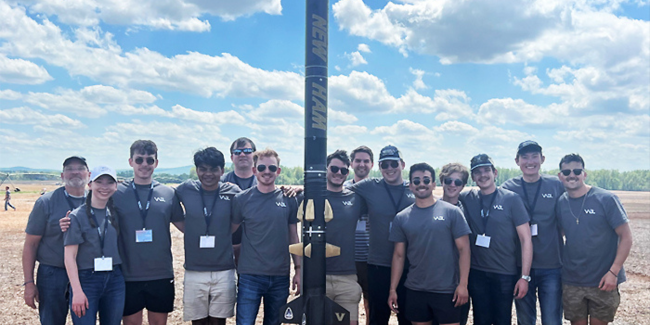
Vanderbilt rocket team wins Altitude Award in 2023 NASA Student Launch competition
The Vanderbilt University rocket, New Ham, successfully flew to within 4 feet of its 4,500-foot altitude target to place first and collect the coveted Altitude Award in the 2023 NASA Student Launch competition. The team also earned a first-place award in the STEM Engagement category. Read MoreJun 13, 2023
-

Vanderbilt University’s Ralf Bennartz to lead NASA mission to study ice clouds
Vanderbilt University, led by Professor Ralf Bennartz, will lead a NASA satellite mission investigating Earth's high-altitude ice clouds, backed by a robust grant of $37 million. This endeavor, leveraging the university's climate research expertise, will provide opportunities for student involvement and bolsters Vanderbilt's position in global climate research. Read MoreMay 25, 2023
-
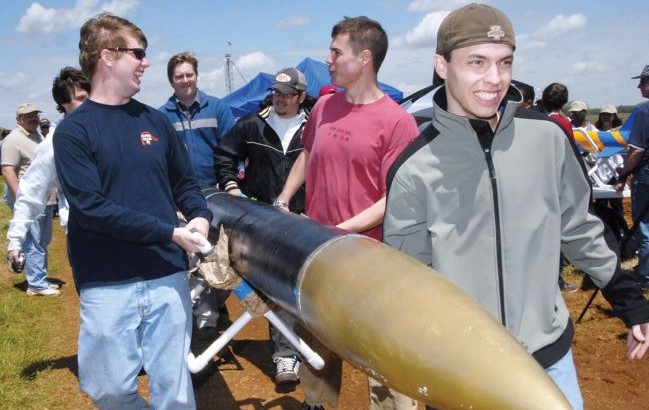
Gift extends support for Vanderbilt’s award-winning rocket team
The inaugural Mark Dalton Faculty Director of Experiential Learning in Aerospace Engineering is Amrutur "A.V.” Anilkumar. Anilkumar has served as the faculty adviser to Vanderbilt teams that have won numerous national and international aerospace engineering awards over two decades. Read MoreMay 2, 2023
-
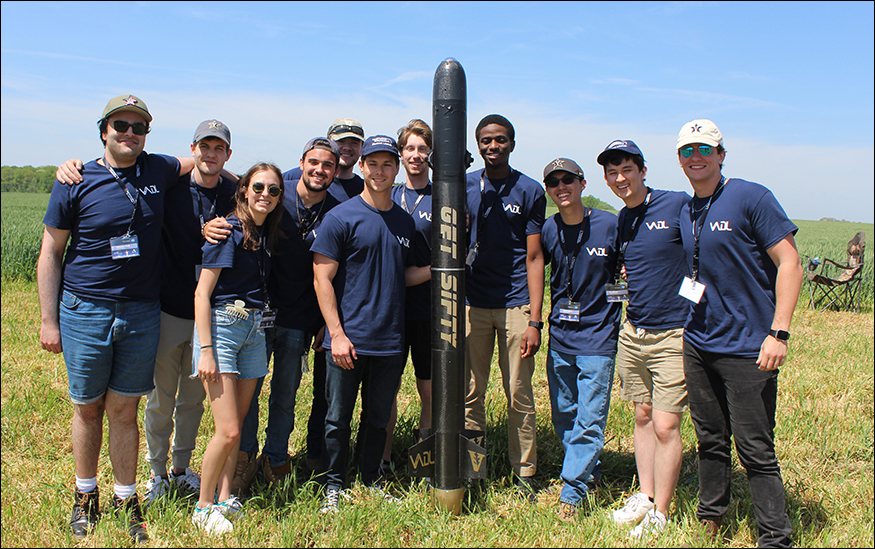
Vanderbilt rocket team earns 2022 NASA Student Launch Project Award
The Vanderbilt rocket team has won the coveted NASA Student Launch Project Review Award for best documentation of a project's progress through 2021-22. Read MoreJun 14, 2022
-
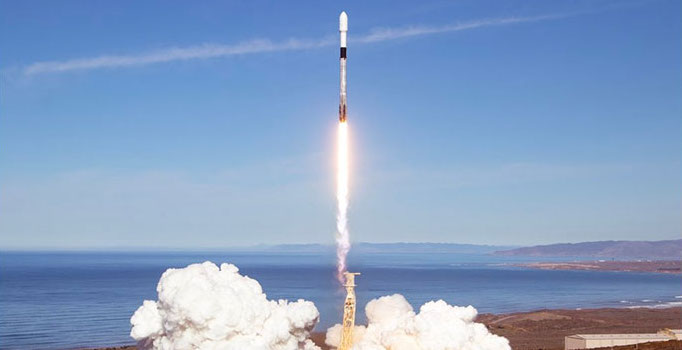
Esteemed astrophysics professor Keivan Stassun co-authors study for NASA on increasing diversity and inclusion in space mission leadership
Keivan Stassun, Stevenson Professor of Physics and Astronomy and director of the Frist Center for Autism and Innovation, is a co-author of the study “Increasing Diversity and Inclusion in the Leadership of Competed Space Missions.” The report will be published by the National Academies of Sciences, Engineering and Medicine on May 18. Read MoreMay 18, 2022
-
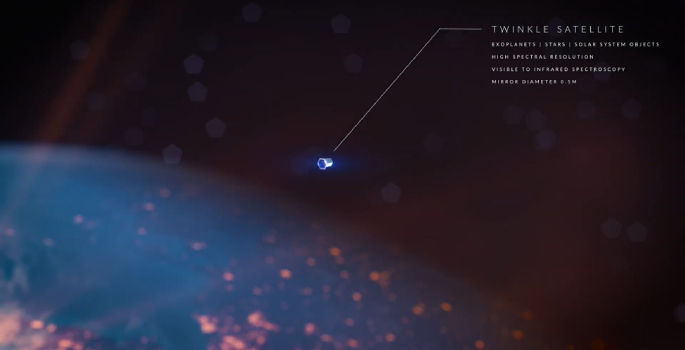
Vanderbilt astronomer co-authors seminal roadmap for the next decade of U.S. research in outer space
Keivan Stassun joins leading astronomers to write "Astro2020," a once-in-a-decade guide for astronomy research, prioritizing gargantuan telescopes on the ground and in orbit as well as increased diversity and inclusion. Read MoreNov 15, 2021
-

Kimberly Robinson, BE’89: A New Space Age
Kimberly Robinson, CEO and executive director of the U.S. Space & Rocket Center, believes that the nation is on the brink of another exciting Space Age, similar to the 1960s. Read MoreAug 19, 2021
-

Research Snapshot: Hidden variable gives people another tool to manage major depressive disorders
Using NASA data on solar insolation, Sandra Rosenthal has postulated that seasonal rate of change in daylight has the greatest effect on illnesses with seasonal patterns, not average levels of sunlight. (Est. reading time: 3 mins.) Read MoreJun 2, 2021
-
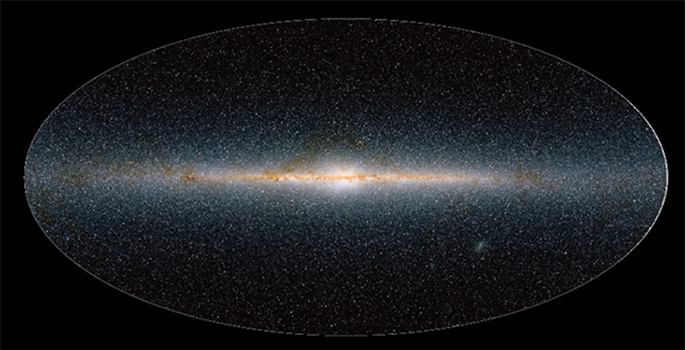
Vanderbilt scientists sketch rare star system using more than a century of astronomical observations
Vanderbilt astronomers have painted their best picture yet of an RV Tauri variable—a rare type of stellar binary—by mining a 130-year-old dataset that spans the widest range of light yet collected for one of these systems, from radio waves to X-rays. Read MoreMar 15, 2021
-
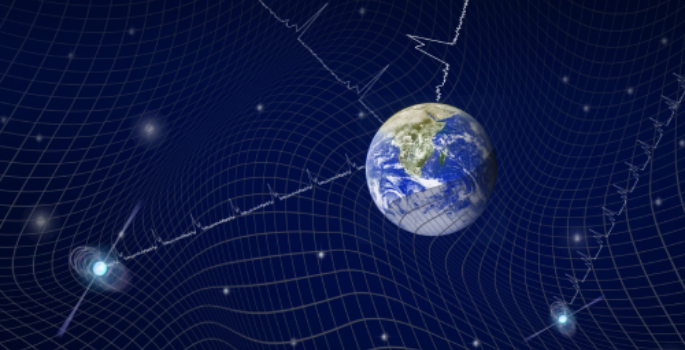
Possible first hints of low-frequency gravitational waves permeating the cosmos
The discovery of a cosmic signal common across many stars could be the first sign of gravitational waves. Read MoreJan 13, 2021
-
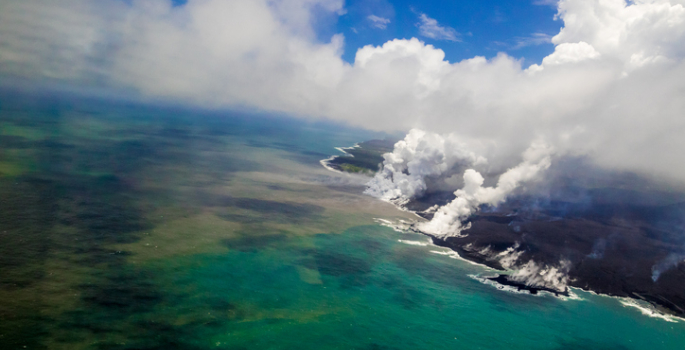
NASA-funded project uses images from space to study underwater volcanoes
Interdisciplinary Earth scientists explore how little-understood underwater volcanoes affect the atmosphere. Read MoreNov 18, 2020
-

Two exoplanet discoveries offer new understanding of Earth’s formation and future
During a summer of exoplanet discoveries, astronomer Keivan Stassun helps identify new worlds and expand understanding of our own. Read MoreSep 16, 2020
-
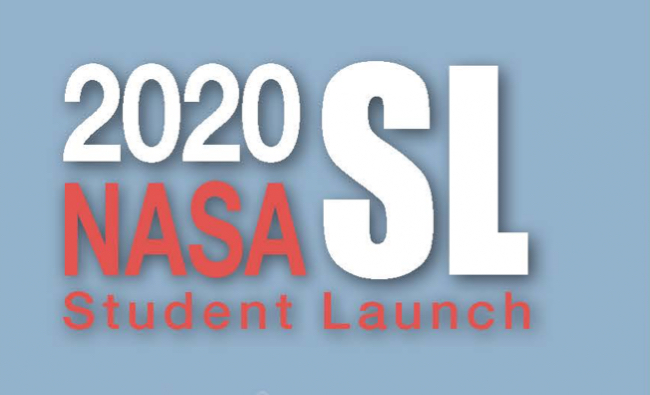
Vanderbilt rocketeers win seventh NASA launch national title
The Vanderbilt University rocket team has won an unprecedented seventh NASA Student Launch national title, beating out 45 other university competitors to claim its seventh national title in the past eight years. Read MoreJul 24, 2020
-

Vanderbilt, The Ohio State University are joint Founding Members of satellite mission ‘Twinkle’ to find potentially habitable worlds around nearby stars
Following the NASA Transiting Exoplanet Survey Satellite mission, Vanderbilt astronomer Keivan Stassun leads the next phase of discovery to find atmospheres like our own. Read MoreJul 23, 2020
-

4D printed thermite could make welding in space and combat zones easier, safer
A recent mechanical engineering doctoral graduate has created a material for welding in extreme conditions that could minimize equipment needed and operator hazards. Read MoreJul 20, 2020
-

To find giant black holes, start with Jupiter
On a quest to find the Universe’s largest black holes, Vanderbilt researcher identifies the center of the solar system within 100 meters. Read MoreJun 30, 2020